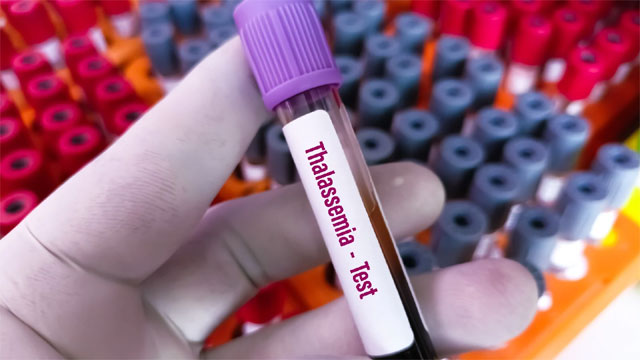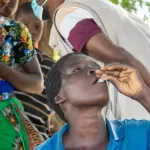Experts have pointed out that India, home to the highest number of thalassemia major patients globally, faces a complex web of challenges contributing to this concerning statistic. Lack of widespread awareness, inadequate genetic counselling, and entrenched traditional beliefs were highlighted as major factors influencing the prevalence of the disease, as discussions unfolded on World Thalassemia Day observed on May 8.
Thalassemia, a severe inherited blood disorder necessitating regular blood transfusions, has become a significant health burden in India. Statistics reveal a staggering reality, with every eighth thalassemia patient worldwide residing in the country. Moreover, an estimated 10,000 to 20,000 new cases of thalassemia major are reported annually.
Sunil Bhat, Director and Clinical Lead of Pediatric Hematology, Oncology, and BMT at Narayana Health Network Hospitals, emphasized the multifaceted nature of India’s thalassemia crisis. Genetic predisposition, consanguineous marriages, and a dearth of awareness collectively fuel its prevalence. Bhat underscored the critical role of awareness campaigns and access to screening in mitigating this health challenge.
Vijay Ramanan, Senior Consultant Clinical Haematologist at Ruby Hall Clinic, Pune, shed light on the uneven distribution of thalassemia across Indian communities. Certain ethnic groups, including Sindhis, Punjabis, and Bengalis, exhibit a higher prevalence of the gene, amplifying the incidence of thalassemia within these populations. He stressed the need for comprehensive genetic counselling and premarital screening to curb the transmission of the disorder.
Furthermore, societal factors such as the influence of traditional beliefs and insufficient medical infrastructure exacerbate the situation. Ramanan lamented the reluctance of some couples to avail prenatal diagnosis services due to religious beliefs or ignorance, despite its potential to prevent the birth of thalassemia major children.
The disparity in healthcare accessibility between urban and rural regions compounds the challenge, with uneven availability of essential medical services like blood transfusions and chelation therapy.
Crucially, experts highlighted the glaring lack of comprehensive data on thalassemia cases in India, hindering effective policymaking and resource allocation. Despite rough estimates suggesting a substantial number of affected individuals, the absence of a nationwide registry impedes accurate assessment and targeted intervention.
Addressing India’s thalassemia burden demands a multifaceted approach encompassing public awareness campaigns, genetic education, and improved healthcare infrastructure. Experts advocate for the formulation of national policies promoting voluntary genetic testing and fostering collaborative efforts between healthcare professionals and communities.
In conclusion, proactive measures such as early diagnosis and timely management are deemed imperative to mitigate the impact of thalassemia and ensure a healthier future for India’s population.











